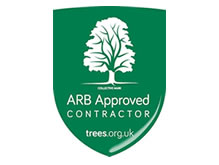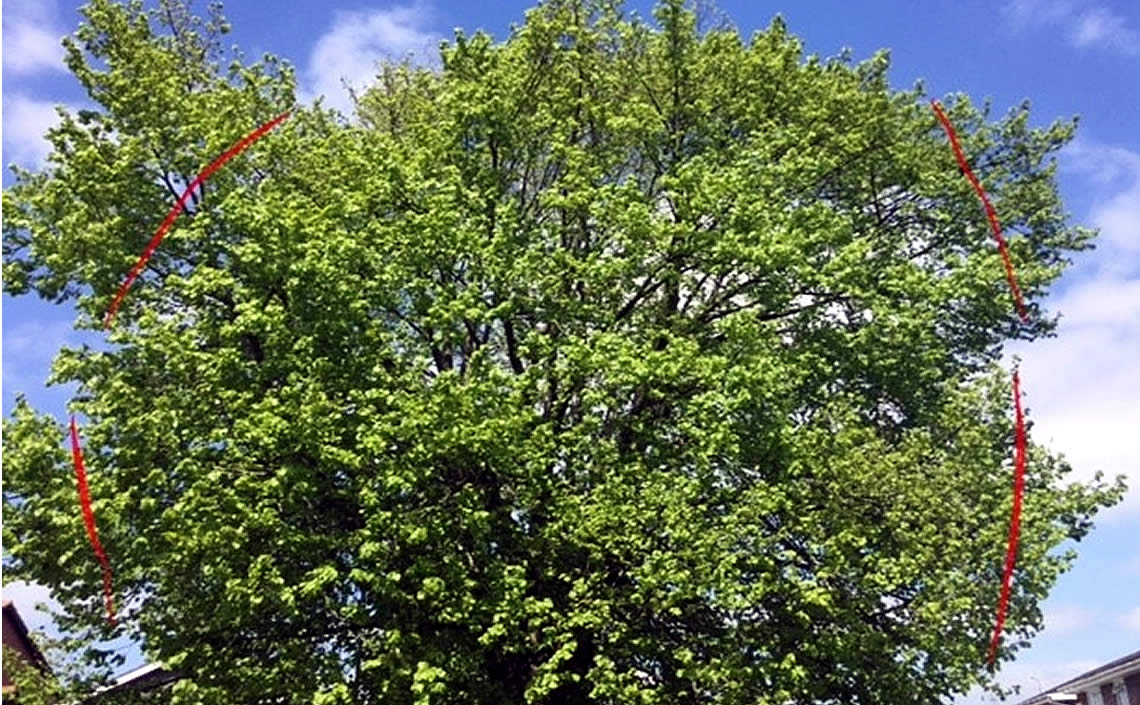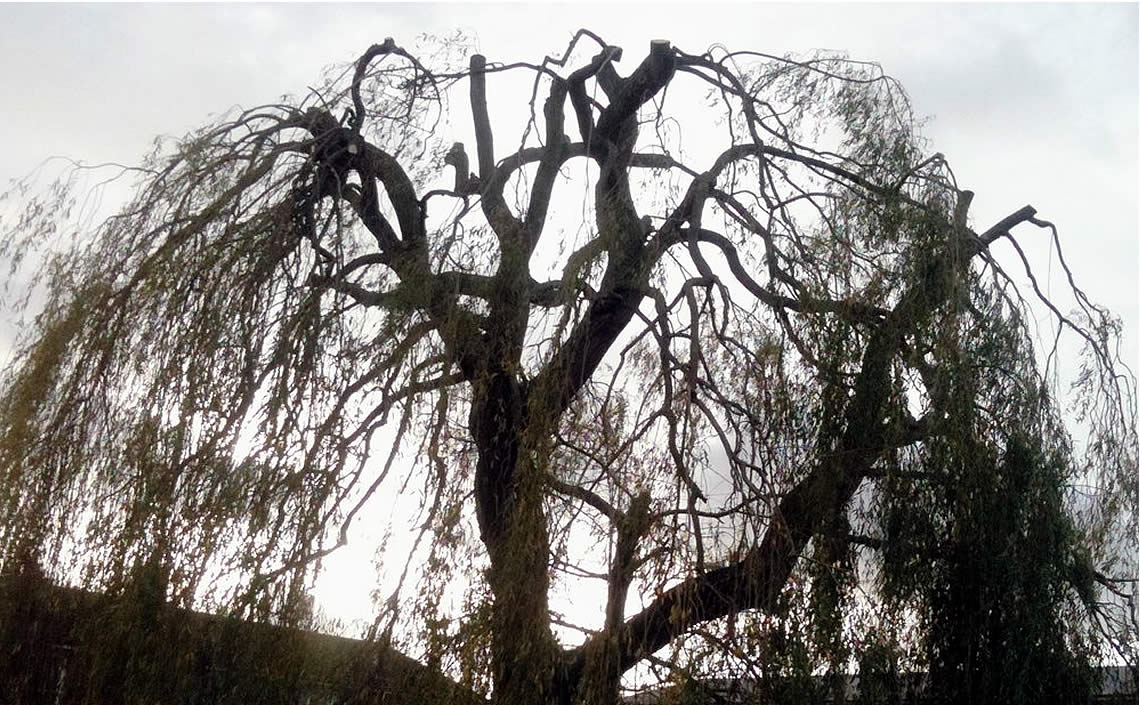Expert Tree Pruning Services
Tree pruning is a critical aspect of tree care that helps maintain the health and beauty of your trees. It involves the selective removal of dead, diseased, or unwanted branches to promote the growth of healthy new shoots, encourage proper branch structure, and enhance the overall appearance of the tree.
At Arbor-Call, we understand the importance of tree pruning and offer professional tree pruning services to keep your trees in optimal health. Our team of experts is fully equipped with the knowledge and skills to prune your trees safely and effectively, and we use only the best equipment and techniques to ensure that your trees receive the highest level of care.
If you're looking for professional tree pruning services in the Hamphire and the surrounding area, look no further than Arbor-Call. Our team of experts is ready to help you maximize the health and beauty of your trees, and we are committed to providing you with exceptional customer service and competitive pricing.
Crown Reduction
Crown Reduction decreases the volume of the foliage of a tree. The size of the crown is reduced from the outer edge of the tree making the shape of the tree more aesthetically pleasing. However there are more practical reasons; to reduce the stress of the limbs of a tree and to increase the volume of light underneath the crown.
Crown Thinning
Crown thinning is the selective removal of branches evenly throughout the tree to reduce the density of the tree without changing the overall size or shape of the tree. Thinning a trees crown reduces damage that could result from crown resistance to strong winds and can be used to create more light and air throughout the tree. Crown thinning opens the foliage of a tree, reduces weight on heavy limbs, and helps retain the tree’s natural shape.
Crown Lifting
Crown Lifting is carried out to increase the clearance between the lowest hanging branches of a tree and the ground level. This can be carried out for a number of reasons; to increase the line of sight underneath a tree, to allow access underneath the tree and to allow more light to get to the ground level. Lifting clearance should be to a specified height above ground level.
Dead Wooding
When the limbs on a tree die, they become weak and will eventually fall from the tree. Dead branches & limbs can become be removed by a process known as Dead Wooding. Branches that overhang public areas can be especially hazardous and should be removed quickly to ensure the area remains safe.
Frequently asked questions















